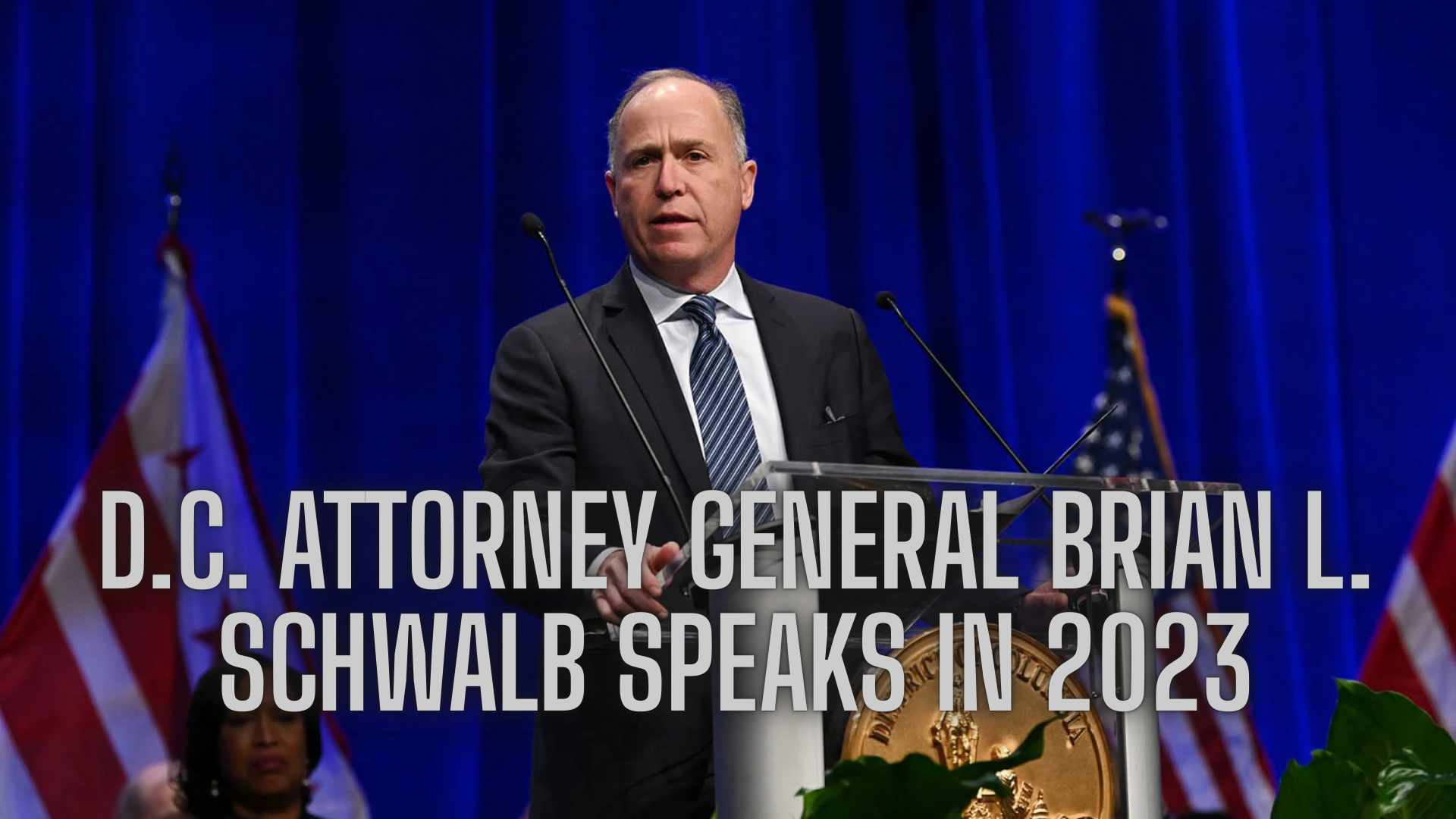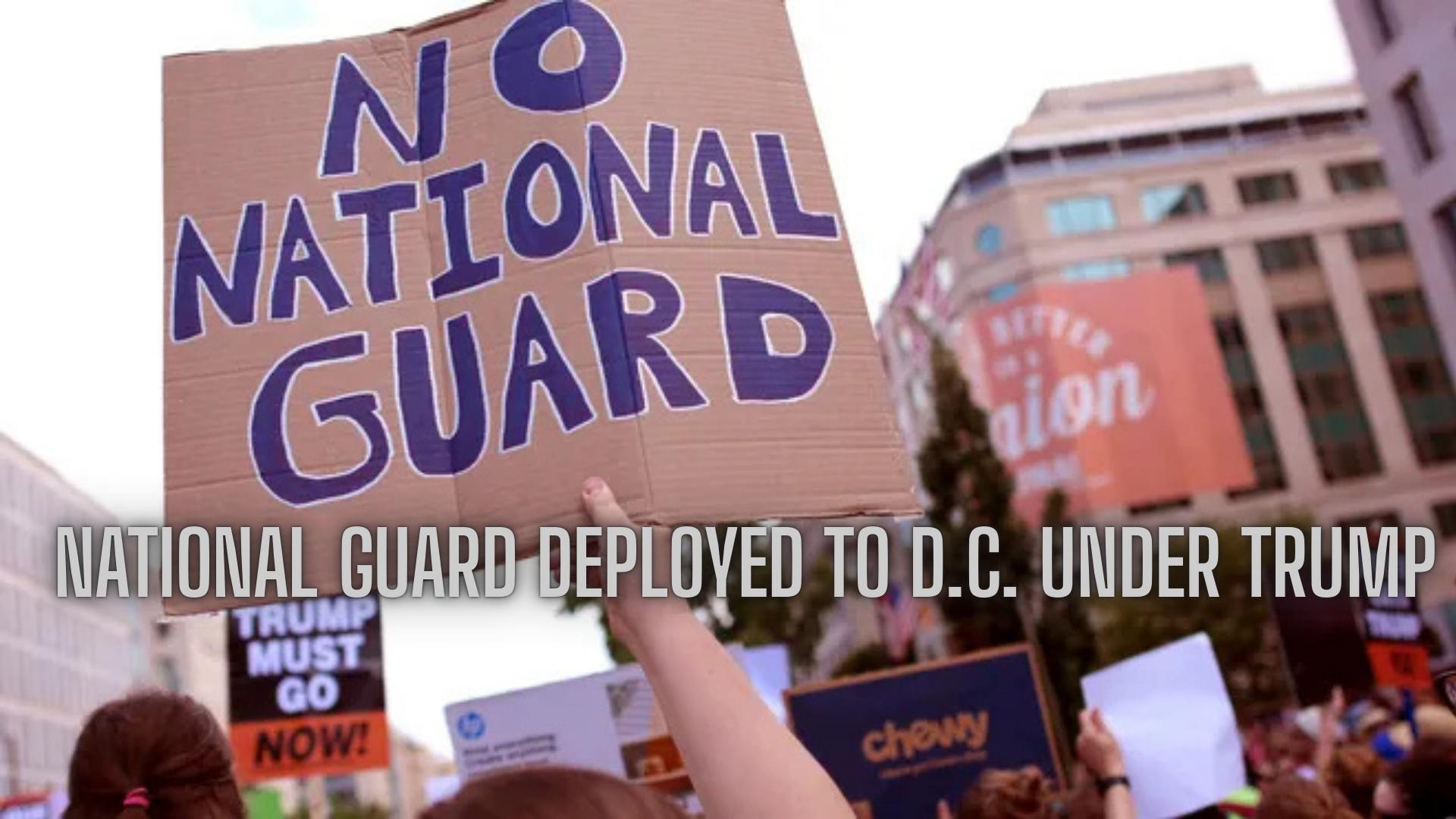Soaring beef prices are making it harder for Americans to enjoy a classic burger without burning a hole in their wallets. From grocery bills to restaurant menus, the cost of beef is reaching historic highs — and there’s little relief in sight.
Burgers Becoming a Luxury?
Anybody should be able to afford a burger,” says Andrew Schnipper, managing partner at Hamburger America in New York City. But with rising beef costs, even budget-friendly menu staples like a $7.50 hamburger may be priced higher soon. We’re very focused on trying to charge the least amount we feel comfortable doing,” Schnipper said. “But obviously, if prices go up we have to raise prices.”
Just How High Are Beef Prices?
In May 2025, the average price of beef in the U.S. hit $5.98 per pound, according to Federal Reserve data — the highest since the Department of Labor began tracking it in the 1980s.
10-Year Price Surge:
- Ground beef prices: Up 45%
- Consumer Price Index (CPI): Up 30%
- Overall food prices since 2022: Up ~17%
So if your grocery bill was $100 in 2022, it’s now closer to $117, based on CBS News data.
What’s Driving Up Beef Prices?
1. Demand Outpacing Supply
According to Derrell Peel, professor of agricultural economics at Oklahoma State University, it’s a classic case of supply and demand.
“There’s plenty of pork and poultry that’s cheaper and widely available. And yet, beef demand has stayed remarkably robust,” Peel told CBS MoneyWatch.
2. Shrinking Cattle Herds
Despite the growing U.S. population, beef cattle numbers have dropped to 27.8 million — the lowest since the 1960s.
3. Persistent Drought Conditions
Years of drought — especially from 2021 through 2024 — have decimated pastureland and feed supply. Ranchers were forced to sell off beef cows, drastically reducing herd sizes.
“Just about every major beef cow-producing area was hit by drought and forced liquidation,” Peel noted.

4. Slow Rebuilding of Herds
Cattle aren’t quick to replenish:
- Cows have only one calf at a time
- Calves take months to years to mature for market
5. Other Economic Pressures
- High grain costs (used for cattle feed)
- Tariffs on imports and exports
- Rising interest rates, increasing borrowing costs for ranchers
Will Beef Prices Go Down Anytime Soon?
Unfortunately, no.
USDA Outlook
Beef prices are projected to reach record highs in 2026 due to tight cattle supplies. Ranchers are working to rebuild herds, but it’s a slow process.
Peel predicts high prices may last two to three more years, possibly through the end of the decade.
“We’re going to be in a tight supply situation and elevated price situation for the next several years,” he warned.
FAQ: Beef Prices in the U.S.
Why is beef more expensive than pork or chicken?
Beef is costlier due to longer growth cycles, higher feed requirements, and recent supply issues caused by drought and herd liquidation.
Is the price of all beef cuts rising?
Yes, but ground beef in particular has seen a steep rise. Premium cuts like steaks are also more expensive, but the increases vary.
Will switching to plant-based meat alternatives help save money?
In some cases, yes. However, many plant-based burgers remain comparable in price to beef due to production costs and brand pricing.
How long does it take for cattle herds to recover?
Rebuilding herds can take 3 to 5 years depending on breeding success, feed availability, and economic conditions.
What can consumers do to save money on beef?
- Buy in bulk when on sale
- Opt for cheaper cuts (like chuck or brisket)
- Substitute occasionally with poultry or plant-based proteins
Bottom Line:
Beef isn’t just dinner — it’s an economic indicator. Until drought effects subside and cattle herds recover, beef will likely remain one of the costliest items in your shopping cart.
Let me know if you’d like a version optimized for a newsletter or social media post too!



